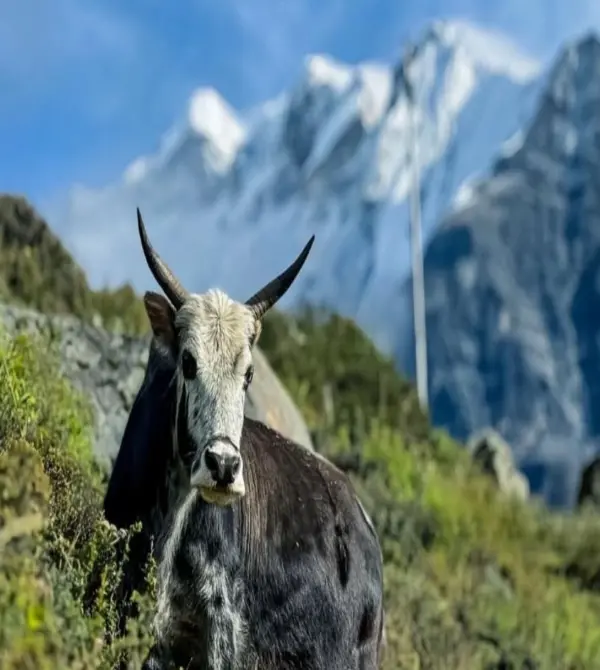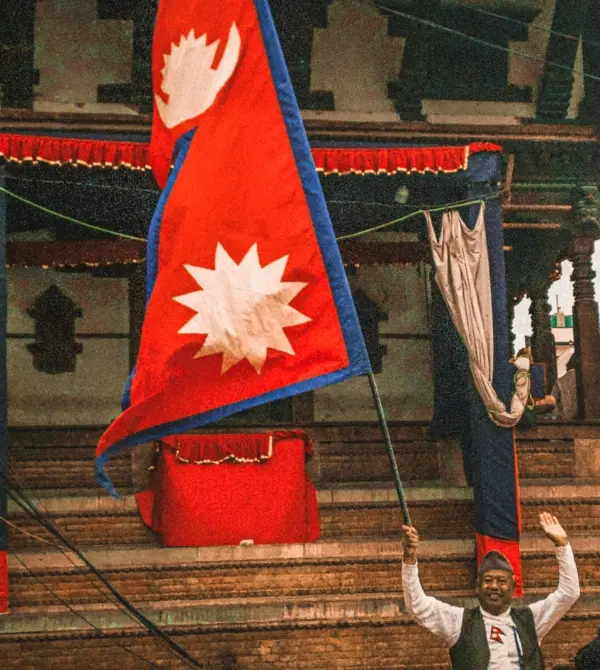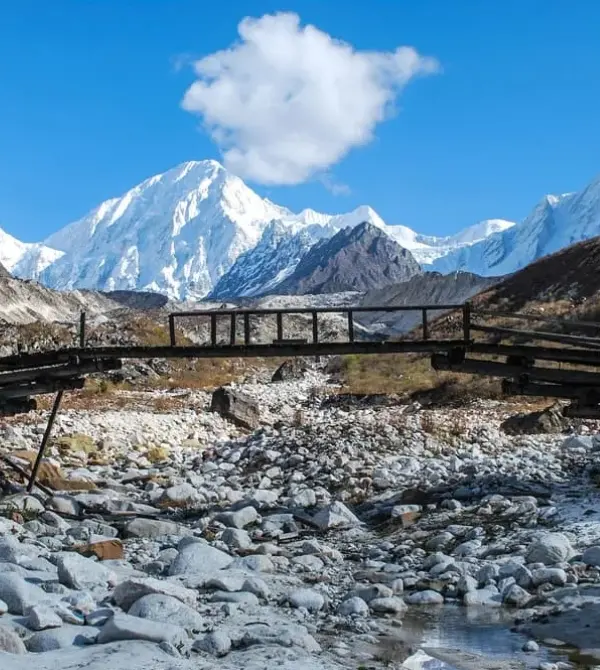Langtang Valley Trek Challenge: A Beginner's Guide to Altitude and Safety
The Langtang Valley Trek is often suggested as one of the top "beginner" treks in the Himalayas. It's more direct, easier to reach from Kathmandu, and typically viewed as less challenging than the Everest or Annapurna paths. Nonetheless, a trek in the Himalayas remains a significant challenge. When gearing up for your initial high-altitude expedition, grasping the Langtang Valley Trek Difficulty and, importantly, how to avert Langtang Altitude Sickness is essential for your success.
At Walkers Expedition, safety remains our top concern. Let’s analyze the physical requirements and the essential safety measures for your trip to the Valley of Glaciers.

Understanding the Trek Difficulty Level: Moderate.
We categorize the Langtang Valley Trek as Moderate. This rating indicates it is reachable for those with a moderate level of fitness, a sense of adventure, and no significant pre-existing health issues. No advanced climbing techniques or high-level mountaineering background is required.
What Defines It as Moderate?
Daily Walking Duration: Expect to walk for $5$ to $7$ hours each day, covering distances ranging from $8$ to $15$ kilometers. These durations are easy to handle, permitting regular breaks and a relaxing pace.
Trail Terrain: The trail is well-kept and primarily features clear pathways, river rocks, wooded trails, and several steep areas with stone steps. It's usually not technical, but you need to be ready for uneven, rugged terrain.
Highest Point: The last overnight location is Kyanjin Gompa at $3,870m$. The peak, an easy day hike, is Tserko Ri's summit at $4,984m$. As you remain awake at $5,000m$, the risk is controllable, as long as you follow the acclimization steps.

Overcoming the Altitude:
Prevention is Essential. Altitude presents the biggest obstacle on this journey, particularly during the day trek to Tserko Ri. Acute Mountain Sickness (AMS) can impact anyone, irrespective of their fitness level. Adequate acclimatization is essential.
Key Tips for Avoiding Altitude Sickness:
- Ascend Gradually (The Key Principle): The typical Langtang Valley Trek Itinerary (refer to our other article!) is structured for a gradual, safe climb. Always include an acclimatization day. Our schedule features an additional day at Kyanjin Gompa ($3,870m$) to give your body time to acclimatize prior to the ascent of Tserko Ri.
- Climb High, Sleep Low: On Day 5, the trek to Tserko Ri adheres to this important guideline. You climb to a high elevation during the daylight hours and come back to the lower altitude of Kyanjin Gompa for rest, which supports the acclimatization process.
- Stay Hydrated: Consume at least 3-4 liters of water (or herbal tea/soup) daily, try not to drink alcoholic drinks.
| Altitude Sickness Symptoms (Do not ignore) | Action Required |
| Mild Headache, Loss of Appetite, Mild Nausea | Rest, Hydrate, Do NOT ascend further. Monitor closely. |
| Severe Headache, Vomiting, Confusion, Loss of Balance (Ataxia) | Immediate Descent. These are signs of a severe, life-threatening condition (HAPE/HACE). |
Physical Preparation and Safety Checklist
To ensure your body is ready for the physical demands, we recommend preparing for 4-6 weeks before your trip.
- Cardio: Focus on exercises that boost lung capacity (running, swimming, cycling).
- Strength: Strengthen your core and legs (squats, lunges) to handle the steep inclines and declines while carrying a daypack.
- Footwear: Crucially, break in your trekking boots by taking them on practice hikes—this prevents debilitating blisters on the trail.
General Safety Notes:
- Trek with a Guide: While possible to trek solo, hiring a local guide is highly recommended. They are trained in high-altitude first aid and know the routes, weather patterns, and local teahouse network intimately.
- Travel Insurance: Purchase comprehensive travel insurance that explicitly covers emergency helicopter evacuation up to the maximum altitude of the trek ($5,000m$). This is a non-negotiable safety net.
- Permit Check: Always carry your Langtang National Park Permit and your Guide/TIMS Card (if applicable). Checkpoints along the way will verify your documents.
The Langtang Valley Trek is challenging, but overwhelmingly rewarding. With smart preparation and respect for the altitude, you will be well on your way to enjoying the Himalayas safely. For all your logistical questions, including packing and transportation, refer to our comprehensive Langtang Valley Trek Guide.





